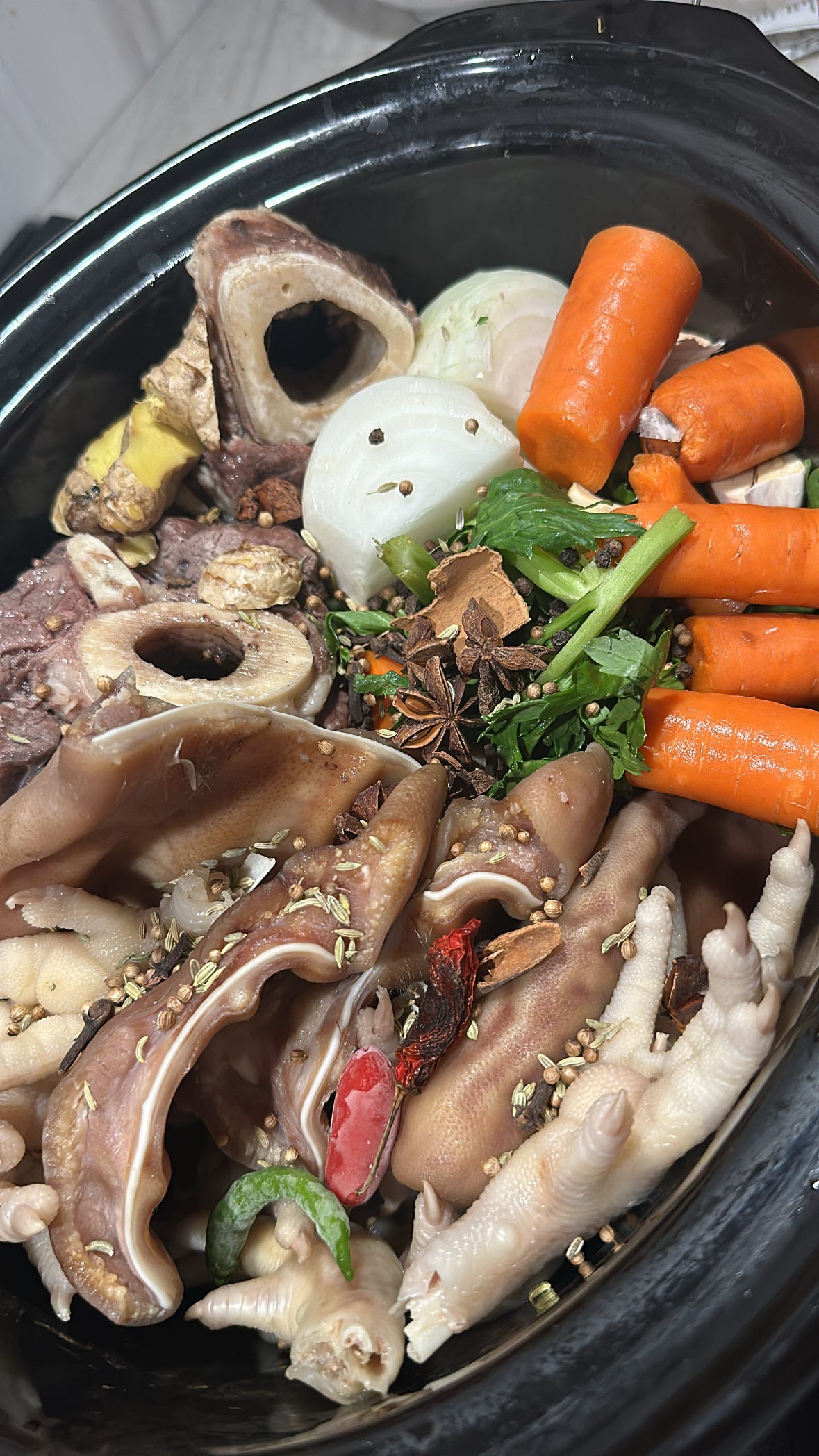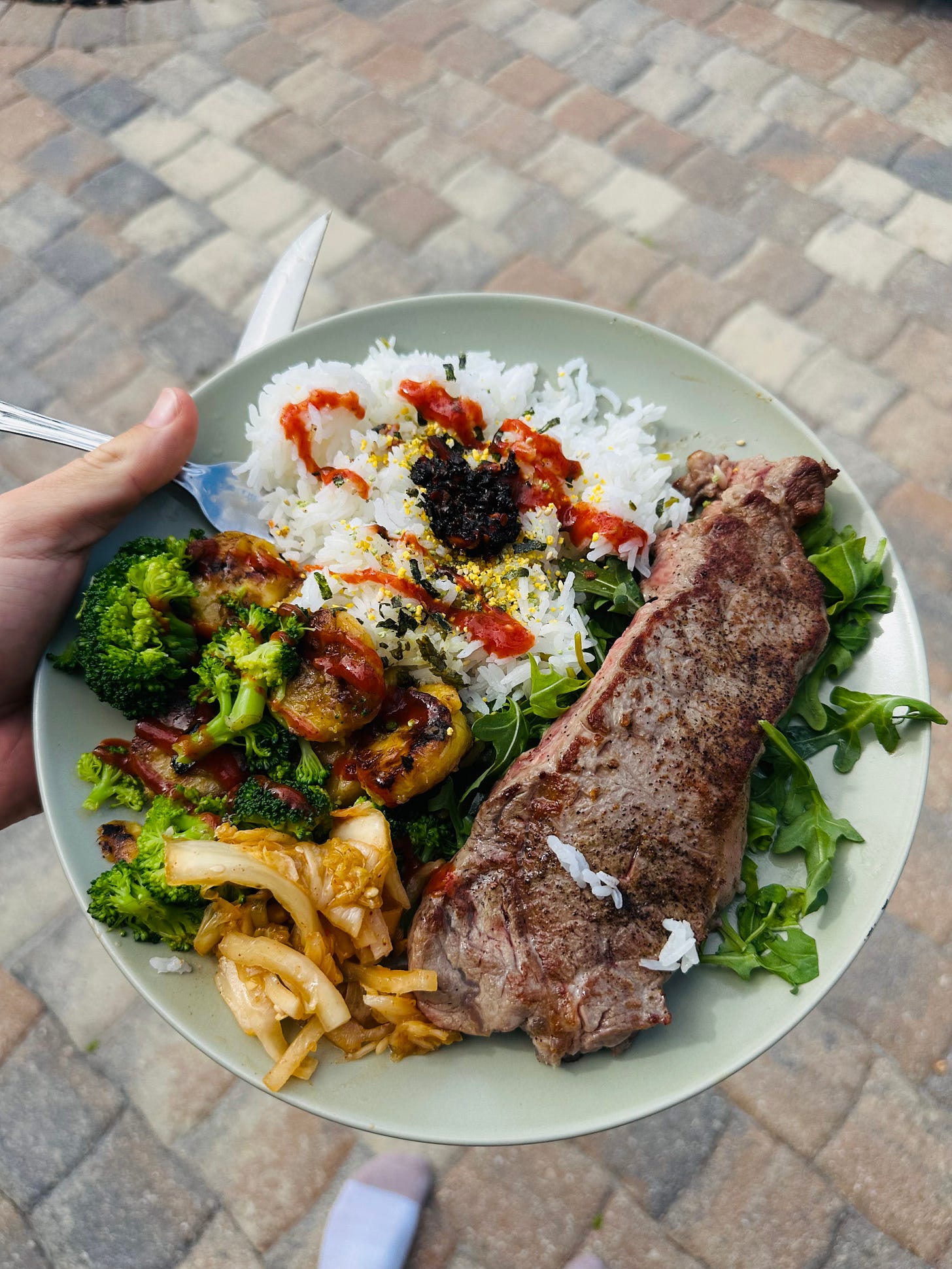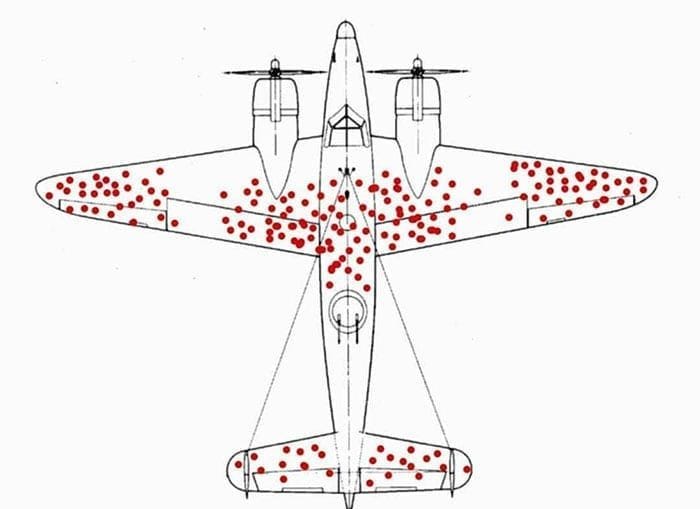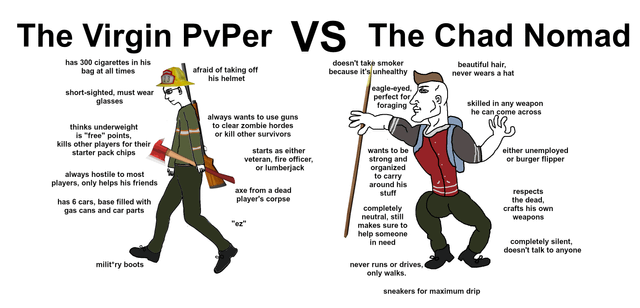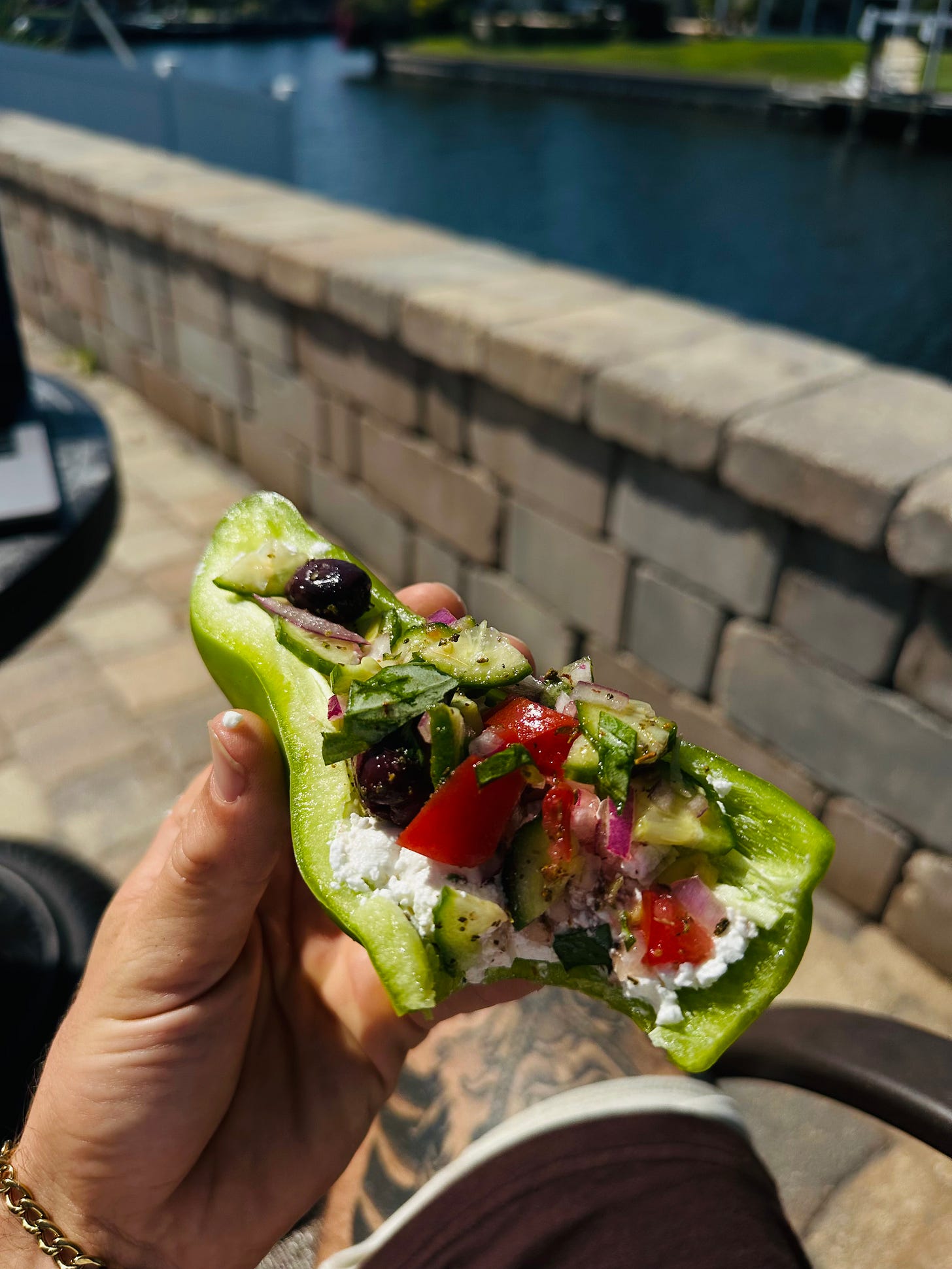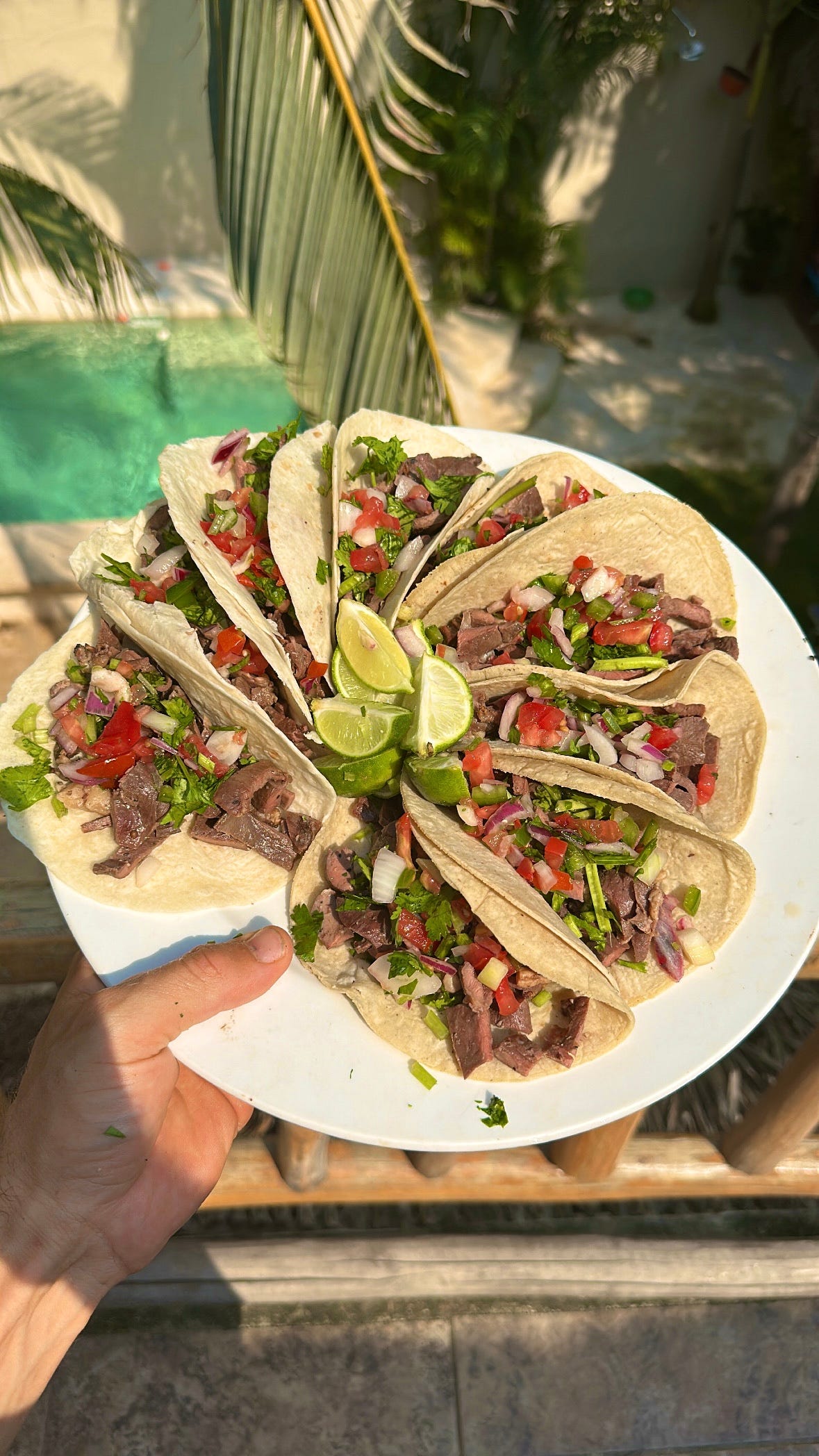Shredmaxxing Nutrition Protocol
How to Get S-tier Nutrition Variety While Staying Dialed
The Ultimate Nutrient Variety Protocol for Biological Specimenry
Gm Gents,
Everybody talks nutrient density, nobody talks nutrition variety. Nutrients operate in a continuum. Too much of one depletes another. Not to mention we’re playing the nutrition game on “hard” mode:
Most foods are depleted of their mineral content thanks to industrial farming practices
Our guts are so compromised we only absorb a fraction of the nutrients we normally would
We’re starting rough out of the gate. Combine this with a caloric deficit, IIFYM dieting, and strenous physical activity and you literally cannot escape nutrient deficiencies.
Any individual nutrient deficiency will have negative systemic effects. These symptoms overlap one another and are hard to pin down. I recommend everybody do an audit of their average food intake over the last few years and superimpose that with the most common deficiencies (and any other subjectives like medical history, symptoms, medication etc. Plug this into GEEKBOT 3.0 and you’ll get some better insights
This was in part why I built the shredmaxxing protocol: upregulating your metabolism means you can eat more food. More food means more opportunity for nutrient allocation. But this sparks a new problem:
The hotter your metabolism, the more nutrients you burn through. Turning food into fuel isn’t cheap. It requires loads of co-factors, most notably:
Iodine and Selenium (ramping up thyroid hormones)
Zinc and Copper (training, stress, testosterone optimization)
B-Vitamins, especially B1 (Burnt up in the Krebs cycle. Needed for ATP production)
Magnesium (universal co-factor, used in everything from protein synthesis to nervous system regulation)
Antioxidants (higher metabolism = more oxidative stress)
Electrolytes (more heat production = more sweating)
Deciding to embrace the Shredmaxxing is deciding to upgrade from a Camry to a Ferrari (cliche analogy, but it works). You run better, faster, hotter, cooler, but it comes with a cost. And that cost is NUTRIENTS.
You can’t put 87 octane and get your maintenance done at Jiffy Lube anymore. You need optimal inputs otherwise back to Toyota dealership you go.
If you want to optimize vitality with longevity you need to start doing nutrient side quests. This is the Ubermensch approach to optimal biology: no weak links, give your body everything it needs to self-actualize.
I don’t eat like a bodybuilder, I eat like an epicurean. My foundation may be consistent and monotonous, but my application is varied and novel (I’ll get into this later).
This, in my most humblest of opinions, is the difference between working hard and working smart. Hard work isn’t a differentiator, its a prerequisite. For every Andy Elliot type that attributes their success to hard work, there are 99 average Joes working just as hard.
Resting your laurels on hard work is ego. You give yourself no competitive edge. Smart work takes luck out of the equation, it gives you access to outsourced returns. Once you work smart, you never go back.
Why Nutrient Variety is Important
Its not controversial that we are seasonal eaters. Unless you lived on the equator, your meal prep looked drastically different depending on season:
Spring: Different plants emerging, specific game animals, fish
Summer: Berries, different meats, varied vegetation
Fall: Nuts, root vegetables, fattier animals preparing for winter
Winter: Stored foods, different hunting items, preserved items
This constant rotation meant bodies never fully adapted to a single nutritional protocol. Metabolism stayed high because the system never knew what was coming next (and we were stayign active outside all day, lesson in there).
I hate to bring up “bUt tHe hAdZa tRibe”, but modern nomadic populations show significantly higher metabolic rates compared to settled agricultural societies, even when controling for activity levels. Nomad maxxing wins yet again.
The Metabolic Adaptation Mechanism
When you feed your body identical inputs repeatedly, several things happen under the hood
Your gut starts producing exactly the enzymes needed for those specific foods and not for anything else
Thyroid function downregulates. Your system recognizes it doesn’t need peak metabolic output to handle predictable inputs.
Mitochondrial efficiency increases, which is a mixed bag considering “efficiency” here means “burning fewer calories to process the same food”
Gut microbiome diversity halts. Different food feeds different bacterial strains. Your microbiome is as cool or as boring as your diet (considering how much your microbiome impacts who you are, this should be something you hold to heart)
Mechanisms aside, you simply can have too much of a good thing. Switching up your food sources reduces risk of nutrient imbalance. We also live in a world of supply chain opacity. Cycling food sources hedges against contamination risks (metals, plastics, whatever).
I go insofar as to cycle my culinary styles. I’ll spam italian ingredients for a month, then greek, then persian, then southeast asian, then mexican. On & on. Quite enjoyable.
Main Quest vs Side Quest Nutrition
Main quest is macros. Side quest is micros
Main quest is consistency. Side quest is variety.
Even the main quest needs variety. Create your “Macros roster” and build your strategic cycle. Opt for what is financially feasible, easily digestible, and accessible. Have your “main”, then deviate from that when fit.
Protein Source Rotation:
Each protein source has unique amino acid ratios, fat compositions, and micronutrient profiles. Even though ruminant meat is a clear winner, there’s so much variety within that. You can change up the cuts, the cooking method, the type of ruminant, the source. You name it.I typically cycle between:



